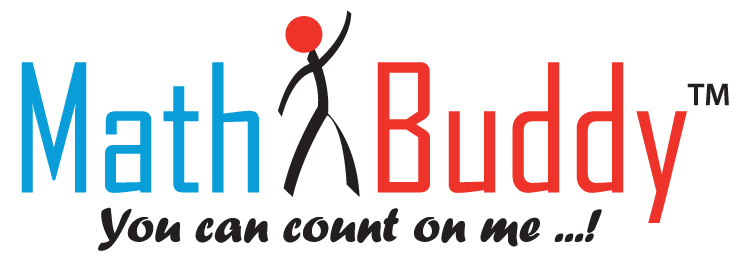Discover your child’s learning style
https://blog.mathbuddyonline.com/wp-content/themes/corpus/images/empty/thumbnail.jpg 150 150 admin admin https://secure.gravatar.com/avatar/4281060985443ada8cbf3f192a4cba8f?s=96&d=mm&r=gEveryone takes in and processes information differently by preference. Educators have analyzed the different ways that students of all kinds process information and developed three major categories of learning: visual, auditory, and kinesthetic (sometimes called tactile). Although most of us use a little of all three of these learning styles to absorb the information we receive every day, everyone has a major preference. Once you realize which learning style your child prefers, you can help them have a better school experience and realize greater success in all school subjects.
Visual Learners: Visual learners take in information more easily if it is presented visually. They learn best from visual displays. Charts, worksheets, diagrams, illustrations, videos and written information are the best ways to present concepts to these types of learners. They also rely heavily on the body language of the teacher and his or her facial expression as they learn the information. You can help a visual learner be more successful in the classroom if you make sure they are able to sit closely enough to see the teacher, the board, and the overhead screen clearly. Teach them how to take good notes so that they have the visual reminder of the things they have learned. Help them draw pictures, graphs, or other visual representations of the information they are trying to learn.
The more ways that a visual learner is able to see the information, the better they will be able to retain what they are being presented. Visual learners study best using flash cards, written notes, and other visual mnemonics. You can help your visual learner study effectively when you know what they need to be most successful.
Auditory Learners: Auditory learners absorb information best through discussion and verbal presentation of material. These individuals have a greater sensitivity to the speaker’s tone of voice, pitch, speed, and other subtleties of speech and language. It is more difficult for them to gain information from written material unless they are allowed to read it out loud or have it read to them.
You can help your young auditory learner master concepts more quickly by presenting it to them in a story format, acting out a script or skit that presents the information, or using a tape recorder. If possible, important information can be recorded on a tape recorder or in a digital format on your computer so that the auditory learner can replay the information as often as he or she needs.
Tactile/Kinesthetic Learners: The best way for tactile/kinesthetic learners to process information is through hands-on learning. When these individuals are allowed to physically explore the world around them, they absorb the information presented to them and make connections more easily. Often, these learners have trouble in the conventional classroom because their learning style is not conducive to sitting quietly for long periods of time. They need the freedom to be active and explore in order to learn.
Help your kinesthetic learner by presenting the information they need to learn in a concrete, physical way whenever possible. Use manipulatives that your child can hold and experiment with during math practice. Encourage your student to walk around while studying flash cards, notes, or other written material. Provide a guided stretch break during homework and study sessions. When reading, these learners often benefit from following along the page with a finger beneath the words.
When a mismatch occurs between your child’s learning style and his or her teacher’s teaching style, you might notice problems start to develop in class. Your child may have trouble listening, paying attention, or following instructions. You may see his or her grades begin dropping and notice a disinterest in the subject matter. Fortunately, if you are aware of your child’s learning style and are working with a cooperative teacher, this is easily remedied.
- Posted In:
- Math Buddy



